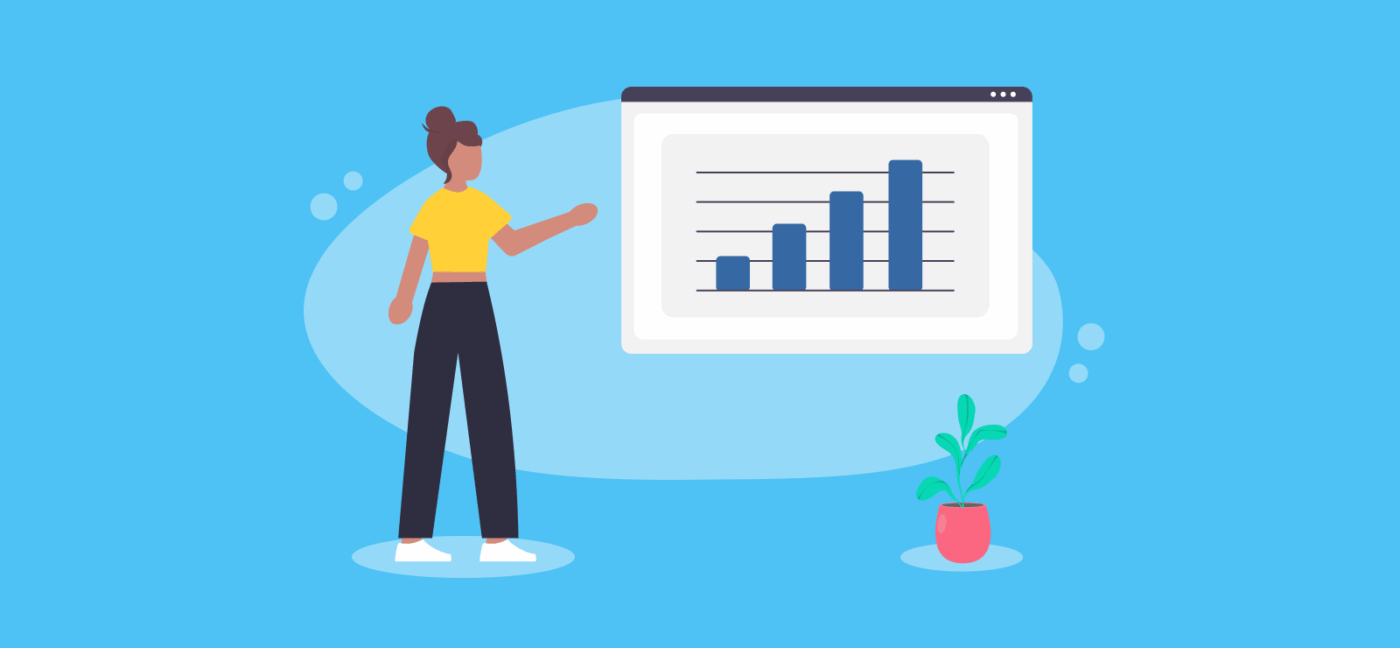

The Step-by-Step Guide to Dividend Tax in 2025/26
Dividends are a source of income so (inevitably) you’ll need to pay tax on any that you receive. The dividend tax rate is different to the rate of income tax you might pay on other types of earnings, so this can make things seem a bit confusing.
In this article we explain how dividends work, and what you need to know about reporting and paying dividend tax, as well as the tax-free allowances that are available. The rates will increase for dividends received from April 2026.
What is a dividend?
Dividends are a type of payment which a limited company makes to its shareholders from the profits left over after paying Corporation Tax. The total amount of dividends paid out can’t be more than the company’s profits in the current or previous financial year.
Unlike other forms of income, such as salaries, dividends aren’t subject to National Insurance, and the rate of tax payable on them is much lower too. This means that dividends are generally a tax-efficient way of taking money out of a limited company.
Who can receive a dividend payment?
Normally anyone who owns a share of the company (a shareholder), will receive a dividend payment in proportion to the number and type of shares which they own.
Shareholders might simply be investors in the company, but they can also be employees, directors, or relatives. Being a shareholder doesn’t necessarily make you a director, but it’s fairly common for someone to be both, particularly in smaller businesses.
How much tax will I pay on my dividends?
The amount of tax you pay on any dividends you receive depends on your total income, and how much of that income is specifically from dividend payments. The good news is that you won’t need to pay National Insurance contributions on your dividend payments!
This is why lots of directors who are also shareholders tend to pay themselves using a combination of a salary topped up with dividends, because it’s more tax efficient.
What tax-free allowances can I use against dividends?
There are tax-free allowances which might help to reduce the amount of dividend tax that you would otherwise need to pay. You can use the Personal Allowance (the amount you can earn before starting to pay income tax) as well as a separate Dividend Allowance.
The 2025/26 tax-free Personal Allowance
Known as the personal tax allowance, this is the amount of income you can earn in a tax year before you start paying income tax on it.
The allowance is only available once in a tax year and it applies to the total amount of income you earn, including any dividends. So, if you receive a £10,000 dividend payment and it’s the only income you have that year, you won’t need to pay any tax on it. Double bonus points for the fact that you don’t pay National Insurance on dividends either!
How much is the 2025/26 Dividend Allowance?
The dividend allowance is the amount of dividends you can earn tax-free in a year. It’s separate to the personal tax allowance and you can use both, so there’s no tax to pay on dividends up to the allowance threshold, regardless of any other income you might receive.
You can use the personal tax-free allowance for most types of income, including dividends, but the dividend allowance can only be used for dividends. We’ll show you some examples below, or you can use our online dividend tax calculator to work out how much tax you’ll pay on any dividend income.
Using the tax free personal allowance and the dividend allowance
Your only income in the 2025/26 tax year is a £13,070 dividend payment
- You can use all of the personal allowance (£12,570) and then your tax-free dividend allowance (£500) against the rest, so you won’t pay tax on it.
In 2025/26 you earn a salary of £10,000, and then take a £5,000 dividend
- The salary is paid on a monthly basis throughout the year, so this uses up part of your personal tax allowance. The £12,570 personal allowance minus the £10,000 salary leaves £2,570 of your allowance unused at the end of the tax year.
- You can use this leftover amount against your dividend payment. The £5,000 dividend minus the remaining £2,750 of your personal allowance leaves £2,250.
- That’s all of your personal tax allowance gone, but you still have the dividend allowance. £2,250 minus the £500 dividend allowance leaves £1,750 to pay dividend tax on.
How much is the dividend tax rate in 2025/26?
The rate of dividend tax that you pay is based on the tax band that you fall into after adding your total dividend income to any other income you receive. Because tax works in marginal bands (a bit like a stack of containers) you might pay different rates of tax in each band.
Our table below shows the tax bands for 2024/25 and 2025/26, as well as the rate of dividend tax you’ll pay in each band for that year. To work out which band you’re in, add together your total income for the year (including dividends).
Dividend tax rates and thresholds
The dividend tax rate which is payable on dividends over the allowance is the same in 2024/25 and 2025/26. It will increase from April 2026.
| Threshold and Dividend Tax Rate 2024/25 |
Threshold and Dividend Tax Rate 2025/26 |
Threshold and Dividend Tax Rate 2026/27 |
|
| Personal Allowance | £0 – £12,570 0% |
£0 – £12,570 0% |
£0 – £12,570 0% |
| Basic rate | £12,571 - £50,270 8.75% |
£12,571 - £50,270 8.75% |
£12,571 - £50,270 10.75% |
| Higher rate | £50,271 - £125,140 33.75% |
£50,271 - £125,140 33.75% |
£50,271 - £125,140 35.75% |
| Additional rate | £125,140 upwards 39.35% |
£125,140 upwards 39.35% |
£125,140 upwards 39.35% |
When and how do I pay myself dividends?
You can pay dividends as often as you like, just remember to follow the regulations. Most companies pay dividends quarterly, though some companies choose to pay either bi-annually or annually when the company’s financial year ends.
You’ll need to hold a directors’ meeting to declare the dividends (yep – even if you’re the only director), and record this in the minutes. Each dividend you declare will need a dividend voucher showing the date, company name, the name of the shareholder, and the amount of the dividend. Visit our resource centre for limited companies to use our free director’s minutes and dividend voucher templates.
How and when do I pay dividend tax?
The tax on salary income will be collected through PAYE, but if you receive dividends you’ll need to declare and pay tax on them separately.
You can include your dividend income in your Self Assessment tax return if you normally submit one. If not, and the total amount you get is less than £10,000, you can ask HMRC to collect it through your wages or pension using your tax code, or by calling the helpline. You’ll need to sign up for Self Assessment to pay tax on dividends if the total you get is more than £10,000 in a tax year.
Am I best taking a salary or paying myself in dividends?
If you are both a director and a shareholder of a limited company, the most tax-efficient way of earning an income may be to pay yourself through a combination of salary and dividends.
As a director, there is no minimum wage threshold so you can pay yourself as much or as little as you like in salary. If this is your sole source of income, the most common method is to pay yourself a salary up to the National Insurance threshold and pay any additional amount as a dividend.
If you have more than one shareholder or director, or another source of income, read our article about director’s salaries and dividends to find out more.
Find out how our online accounting services can help your business by talking to one of the team on 020 3355 4047, or get an instant online quote.
Want to learn more?
Subscribe to our newsletter to get accounting tips like this right to your inbox

Read more posts...

Company Name Registrations, Compared
5th January 2026The art of the company name. It’s a tough one to get right. Everyone wants to stand out, but developing the most…
Read More
Staff Spotlight: James McMahon, General Admin
2nd January 2026Give an overview of the duties, functions, and responsibilities of your job. Processing forms that have been sent in by clients, and…
Read More
December 2025 Client of the Month: Honesty For Your Skin
23rd December 2025This month we spoke to Cheryl, owner of Honesty For Your Skin. Honesty For Your Skin | Instagram Hey Cheryl! Tell…
Read MoreConfirm Transactions
The number of monthly transactions you have entered based on your turnover seem high. A transaction is one bookkeeping entry such as a sale, purchase, payment or receipt. Are you sure this is correct?
Please contact our sales team if you’re unsure
VAT Returns
It is unlikely you will need this service, unless you are voluntarily registered for VAT.
Are you sure this is correct?
Call us on 020 3355 4047 if you’re not sure.
Bookkeeping
You will receive our bookkeeping software Pandle for free, as part of your package.
You can use this to complete your own bookkeeping, or we can provide a quote to complete your bookkeeping for you.
Please select and option below:
Call us on 020 3355 4047 if you’re not sure.


Thank you, this is helpful.
Very clear and informative thank you